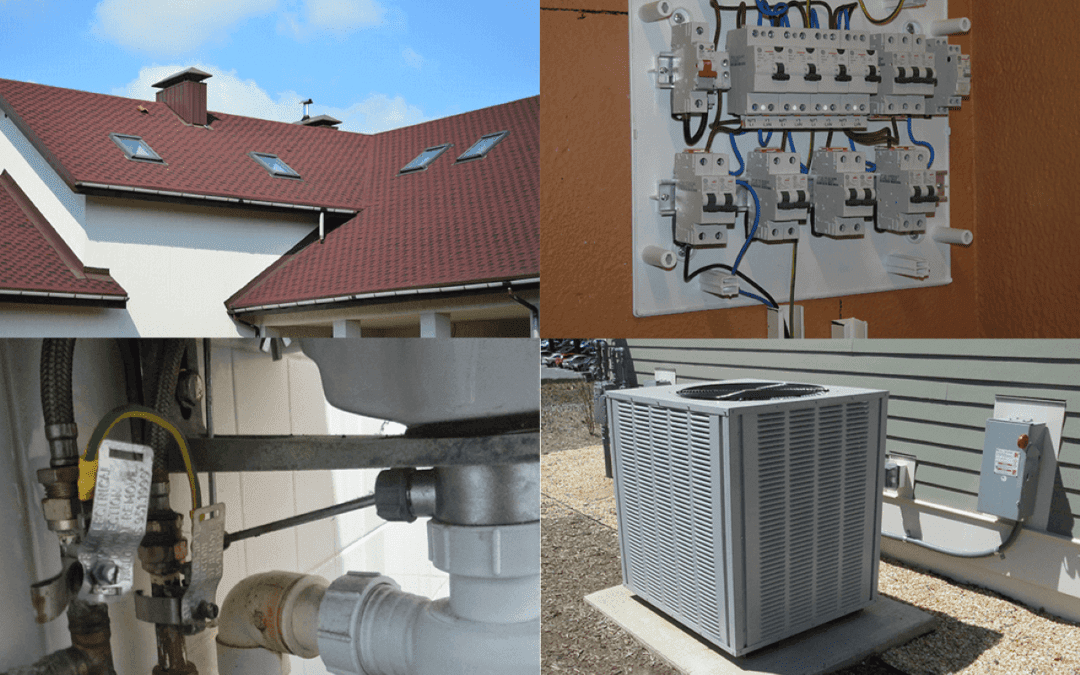If you are considering getting your house inspected soon, you will notice that there are different types of home inspections. Some inspections provide in-depth looks at every part of the home, while others focus on a few key components. A four-point home inspection is commonly required for obtaining homeowners insurance on an older home.
The Importance of a Four-Point Home Inspection
This type of inspection is essentially an overview of key components of a home. Typically used for underwriting home insurance policies, a four-point inspection looks at the parts of the home that impact a home’s structural integrity and can pose safety hazards. The report provides a quick look at the general condition and the structure of a property.
Four-point inspections are often required for homes in certain states that are more than 40 years old, but even if your insurance company does not require one, it will still provide helpful information. A four-point inspection helps the homeowner recognize any potential hazards that could cause major problems down the road. As the name implies, four-point home inspections are divided into four separate parts:
Roof
Insurance companies tend to avoid offering coverage if an asphalt roof is more than 40 years old, and some roofs may reach their lifespan in as little as 15 to 20 years. A damaged or aging roof is a hazard because it can lead to leaks and pest infestations. In storms, a roof could collapse or tear off, destroying a home’s structural integrity.
Plumbing
The main thing a four-point inspection looks for when inspecting pipes is their material. Pipes made of galvanized metal are likely to corrode, while polybutylene pipes may burst.
Other potential plumbing problems include corroded or rusting fittings, leaks, and improper drain placement. These can all cause leaks or backflow problems that could flood a home. If an insurance company does provide coverage to a house with plumbing issues, they often specifically exclude water damage from the policy.
Electrical
Electrical faults can lead to devastating house fires, so it is essential to inspect the electrical system. The inspector will make a note of the type of wiring, with some older styles potentially needing to be replaced. He or she will also check the panel and the circuits to look for any overloading or potential shorts.
The HVAC System is Part of a Four-Point Home Inspection
HVAC systems might seem like they are an unnecessary inclusion, but climate control is an essential part of keeping a home sound. Air conditioning helps remove moisture that could otherwise lead to mold growth, while heat helps prevent pipes from bursting in the winter. As a major appliance that helps keep a structure habitable and your family safe, a good HVAC system is necessary to pass a four-point home inspection.
Once your home goes through a four-point inspection, you may be able to find more affordable insurance options. A four-point inspection also gives homeowners peace of mind. It highlights any potential problems and helps homeowners learn whether the main parts of their home are sound and how to plan for future replacements.
Corex Home Inspections offers four-point inspections to Southeast Michigan. Contact us to request an appointment.

